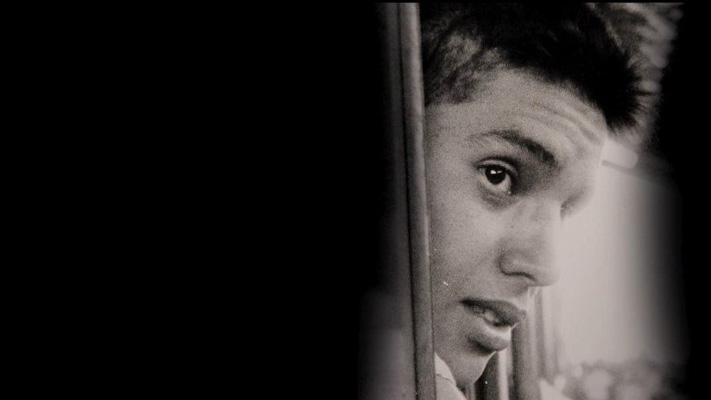An excellent and very thought-provoking documentary on the cruel violation of human rights gives plenty of cause for outrage. Ruggero Calich assesses how this depiction of deliberate negligence and a corrupt judicial system became an original expression through audio tapes and visual reconstruction.
Many prison fires and conflagrations still happen frequently all around the world leaving behind a very high number of dead inmates… and we wonder why! When you know about the precarious conditions, the over-crowded jails and the cruel treatment of the prisoners you start to critically think about the judicial systems. And when you realize that the court acquitted all the accused leaving the responsibility for the cause of the fire open, rage can conquer you…
Chilean Francina Carbonell’s thrilling documentary The Sky Is Red (2020) is a detailed account of what happened in the San Miguel prison in the 8th December 2010. That day eighty one inmates died in Santiago because they were trapped behind bars and even if there are videos and detailed testimonies about what really happened in the country’s deadliest prison incident, the trial that came after concluded without a guilty verdict.
Carbonell and her team, in what seems to be a very successful collective work, use diverse formats of archive material that give the spectator the possibility to connect especially with the emotions of the inmates and their relatives while she exposes effectively the judicial process. We become aware of the high degree of manipulation and the censorship used by the state in what must be considered a tragic case of yet another violation of human rights.
In San Miguel they had double the number of inmates that were supposed to be jailed and there had been a major problem for a long time. Their situation was worsening day by day and the judicial system was simply not reacting to it, as if a catastrophe like that was to be expected. When apparently two gangs started to fight and the subsequent fire begin to threaten the prisoners, the guards did not react responsibly at all. In the very meticulously used archive material we see those guards making signs to the inmates, expressing their wish to watch the prisoners die.
The fire was growing out of control and the prisoners were shouting: “We are burning, open the doors… we are burning, open the doors…” It’s impossible not to be moved by these invocations that became louder and louder, apparently with no result!
That exact day was a visiting day for the 5,000 relatives gathered outside the prison early in the morning. In the twilight we see also them screaming, crying, and supplicating the guards to open the doors. But nothing moves the cold representatives of security, and the relatives, in their desperation, start to throw stones towards them. The strong contrast of the big flames with the dark blue sky before the sun comes up augments the intensity of the absolutely dramatic moments.
The main problem was that the guardians did not inform the fire-fighters on time. Many crucial details recorded in audios and videos are connected effectively to each other; in the breath-taking montage we follow the tragic incident chronologically and reality reveals itself gradually. It seems that cruel prison guards even prevented the fire-fighters from entering certain areas of the facility, thereby causing more deaths than expected.
We also see what happened inside the prison through the enactment of the facts. The documentary crew uses footage of the reconstruction process by focusing on the investigation of the police, which is a rarity. It’s naively done but it succeeds by not having the dramatization tone imposed that was typical of old fashioned documentaries. At the end of that dark morning many prisoners were burned alive, others got asphyxiated and their families were completely destroyed.
But after nine months of trial and three years of investigation of the case the court acquitted the accused, even if there was a lot of evidence gathered in various ways: the security camera footage, testimonies, photos, clips, audio recordings from inside and outside the jail…We also know that some of the guards changed their depositions after being threatened because initially they had admitted their effective role in the tragedy.
What seems to be completely rotten in the system had ultimately prevented justice from being imposed. Chile is today going through a social turmoil and tragedies like the one in San Miguel was surely a very important incident that has paved the way to this criticism.
The Sky Is Red gives you the possibility to follow with cold blood and patience what exactly happened; the 73 minute film allows you to have an objective point of view without forcing you, as would normally happen in aggressively popular TV documentaries. Through the violation of detainees’ rights we become aware of the state’s corruption and its reflex ability to cover up mismanagements.
Even if it’s her debut work, Francine Carbonell, with the attentively collaged audio-visual evidences, elaborates horror with dexterity and leaves an unforgettable trace in the field of human rights documentaries.
Ruggero Calich
© FIPRESCI 2020
Edited by Steven Yates

